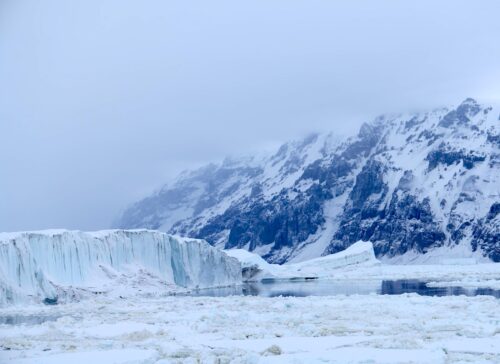
The Global Warming Policy Foundation (GWPF) has today released The State of the Climate 2024, the latest annual review by Professor Ole Humlum, Emeritus Professor of Physical Geography at the University of Oslo. [some emphasis, links added]
Based on observational data rather than climate models, the report provides an evidence-based overview of global climate trends.
Key Findings:
- 2024 was the warmest year on record in all major temperature datasets, and was significantly influenced by a strong El Niño event that persisted through much of the year.
- Recent warming remains uneven, with most temperature increases occurring in the Northern Hemisphere.
- The upper 1900 m of the global ocean have warmed by a modest 0.037°C since 2004, with most of this warming confined to the top 100 m near the equator.
- Northern oceans (55–65°N) have cooled significantly down to 1400 m depth since 2004, while southern oceans (55–65°S) have seen slight warming at most depths (down to 1900 m) but mainly near the surface.
- Sea level rise continues at a rate of 1–2 mm per year according to tide-gauge records, well below satellite-based estimates of about 3.7 mm per year, and shows substantial local variation.
- Global sea ice extent, though below the long-term satellite average, has been stable or slightly increasing since 2018.
- Global snow cover remains essentially stable across the satellite era.
- Global precipitation shows no long-term trend toward wetter or drier conditions since 1901.
- Storm and hurricane activity continues to fluctuate naturally, without any long-term increase in strength or frequency.
- Overall observations confirm normal overall variability of average meteorological and oceanographic conditions, with no sign of an escalating climate emergency.
Professor Humlum said:
“The global climate represents a highly complex system. Many components and their interrelationships are still not fully understood or perhaps not even recognized and are therefore not included in climate models.
“In fact, the global climate has remained in a stable condition within certain limits for millions of years, although with important variations playing out over periods ranging from years to centuries, or more, but it has never been in a fully stable state without change.
“Modern observations show that recent years are also characterized by this normal behavior.”
Top: Penguins on the Antarctic Peninsula in summer. Observational data shows global climate trends remain within normal ranges. Photo by Jean Wimmerlin on Unsplash
Read the full report here – The State of the Climate 2024 (pdf)


















